Non-renewable energy production
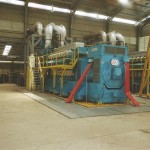
Non-renewable energy sources are chiefly fossil fuels such as coal, diesel, oil and gas. They provide most of Cambodia’s locally-produced electrical supply – in 2011 diesel and heavy fuel oil generators provided 89% of local electricity generation. lass='cambodia-color'>...
Data visualization training in journalism
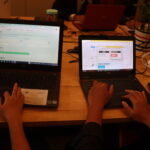
On 11 September 2023, Open Development Cambodia (ODC) conducted an enriching training session titled “Data visualization in journalism,” attended by a group of 14 journalists (2 females) from various locations such as Phnom Penh, Kratie, Siem Reap, Battambang, Stung Treng, and Mondulkiri.With our “Data visualization lass='cambodia-color'>...
Renewable energy production
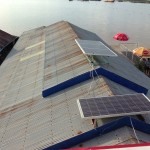
Renewable sources of energy include biofuels, solar, wind, tidal and geothermal energy. Fossil fuels such as petroleum or coal are not renewable. lass='cambodia-color'>...
Executive
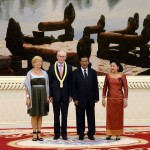
The Royal Government of Cambodia (RGC) represents the executive wing of government. It is responsible for implementing laws and directing general affairs of the state in accordance with policy programs and state planning approved by parliament (the National Assembly and Senate). lass='cambodia-color'>...
Forest classifications
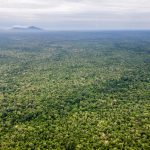
The classification of forests is set out in the law on Forestry 2002. The law applies to both natural forests and plantations, and “defines the framework for management, harvesting, use, development and conservation of the forests in the Kingdom of Cambodia. The objective of this lass='cambodia-color'>...
SDG 15 Life on land
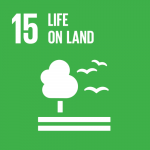
SDG 15 focuses on the sustainable use of terrestrial (land-based) biodiversity and ecosystems such as forests, grasslands, deserts and mountains and their interaction with freshwater systems. It aims to protect and restore their ecological function. The work includes applying sustainable land and forest management practices and lass='cambodia-color'>...
Taxation
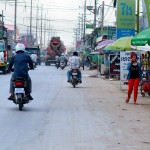
Heavy trucks on a street in Phnom Penh, Cambodia. Photo by Phalinn Ool, taken on June 15 2015. licensed under CC BY-NC-ND 2.0The Cambodian government’s 2014–18 Revenue Mobilization Strategy aimed to enhance revenue administration and strongly increase the collection of taxes and other revenue. The lass='cambodia-color'>...
Protected areas
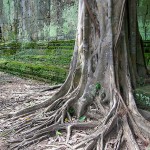
As Cambodia emerged from years of conflict, pressures grew on natural resources and sensitive areas. In response, a number of protected areas were created by royal decree in 1993 to protect ecologically and culturally important places. More detailed guidelines on managing the country’s protected areas lass='cambodia-color'>...
Bilateral development assistance
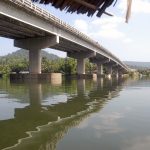
Phum Doung Bridge over the Tatai River. Photo by Robert Tyabji, taken on 9 December 2010. Licensed under CC BY-NC-ND 2.0BiLateraL aid is assistance given by a government directLy to the government of another country or to a LocaL NGO. The RoyaL Government of Cambodia Lass='cambodia-coLor'>...
Animals
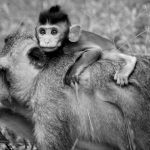
Cambodian animals are state property under Article 48 of the Forestry law of 2002. This places the Forestry Administration (FA) in charge of research programs and conservation duties. The FA carries this out through its Department of Wildlife and Biodiversity. Conservation programs in the field lass='cambodia-color'>...
Agricultural commodities, processing and products
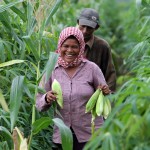
Farmers harvest corn from their farms, Cambodia. Photo by World Bank/Chhor Sokunthea, taken on 17 July 2013. licensed under CC BY-NC-ND 2.0Key agricultural commodities and products include rice, rubber, corn (maize), vegetables and fruit, and cassava (tapioca). More than 90 percent of Cambodia’s agricultural exports lass='cambodia-color'>...
Fish farming and aquaculture
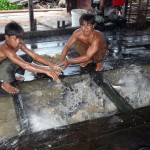
Fish farmers operating cage culture, Cambodia. Photo by O. Joffre/WorldFish, taken on 3 October 2009. licensed under CC BY-NC-ND 2.0.Aquaculture production has grown significantly. In 2012 it stood at 74,000 tonnes, or almost 11 percent of total fishery production. By 2016 it had grown to lass='cambodia-color'>...
Primary and secondary education
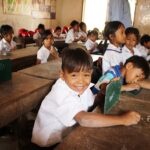
Article 68 of Cambodia’s Constitution states that the Government shall provide free primary and secondary education for all citizens and each individual shall pursue basic education for at least 9 years. Education is a fundamental engine of social and economic development for a country, especially lass='cambodia-color'>...
Investment governance in Cambodia: A window of opportunity
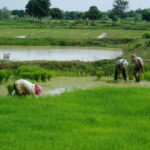
Cambodia’s new investment law could open the way for more inclusive, sustainable investment. In a series of virtual meetings, stakeholders from across Cambodia came together to assess the challenges and opportunities arising from that law and investment governance generally. lass='cambodia-color'>...
Multilingual Education Students had a great time watching and learning from the Digital Educational Resources in Indigenous Languages
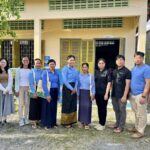
After Open Development Cambodia Organization (ODC) successfully organized a launching workshop on “Digital Educational Resources in Indigenous languages for Primary School Students” on October 27, 2023, at the Kampong Cham Provincial Department of Education, Youth, and Sport, the ODC team commenced on-site promotional activities on lass='cambodia-color'>...
National government
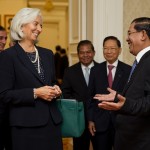
Cambodia is a constitutional monarchy. According to the 1993 Constitution, although he is the head of state, the king has very limited powers compared to the prime minister, the head of the government. Unlike the 1947 Constitution, power does not come from the king but lass='cambodia-color'>...
Private land
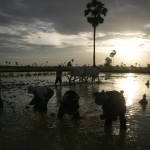
Rights to private land ownership were guaranteed in the 1993 Constitution and formally established by the 2001 land law. Despite an established legal framework to protect private property rights, those rights are often insecure for many. lass='cambodia-color'>...
Plants
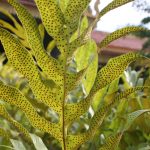
Although there are often new discoveries,295 a global lack of up to date data on botanical research makes plants biodiversity hard to assess in Cambodia. Compared to neighboring countries, the number of plant species is low, mostly due to the relative country’s flat landscape.296 Botanical knowledge lass='cambodia-color'>...
Forest cover
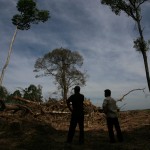
Cambodian forest cover has reduced dramatically in recent decades. In 1973 there were 13.1 million hectares of total forest, but by 2014 the total cover had fallen to 8.7 million hectares. lass='cambodia-color'>...
Coal
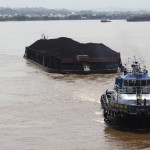
Although exploratory work has indicated the presence of modest coal resources in northern Cambodia, no commercial-scale mining has yet begun. The coal used in electricity generation and for other purposes is imported.A coal barge from Samarinda coal mine on the Mahakam river. Indonesia, Borneo. Photo lass='cambodia-color'>...



